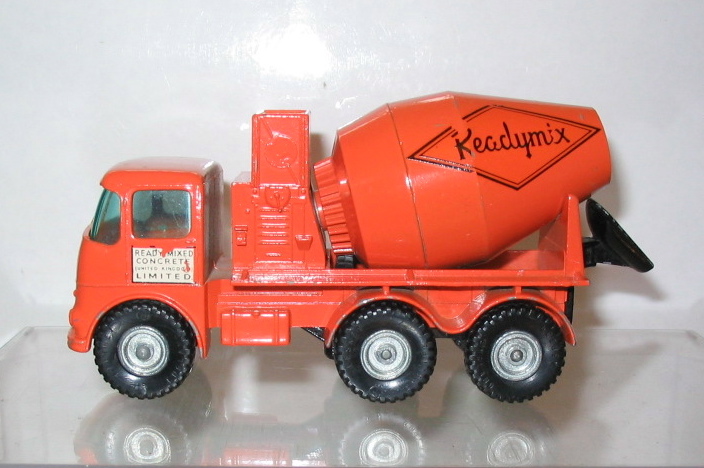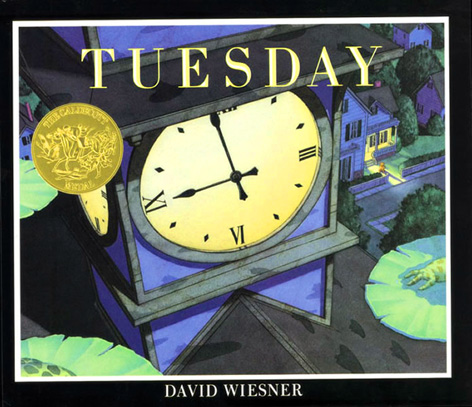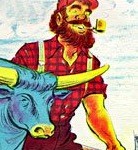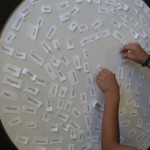 First graders have been exploring the differences between fiction and non-fiction. They know that one is true and one is a story, but it is easy to get confused as to which is which. After a visit to the NYPL, students have learned to look for clues such as the dewey decimal number on the spine of the book, tools like an index or a table of contents as well as pictures with captions to lead them to non-fiction status.
First graders have been exploring the differences between fiction and non-fiction. They know that one is true and one is a story, but it is easy to get confused as to which is which. After a visit to the NYPL, students have learned to look for clues such as the dewey decimal number on the spine of the book, tools like an index or a table of contents as well as pictures with captions to lead them to non-fiction status.
In library we have been pairing fiction with non-fiction and discovering that many times fictional accounts of animal or insect characters may indeed contain some facts.
For example, Velma Gratch and the Way Cool Butterfly, by Alan Madison includes such facts as monarch butterfly migration patterns, the number of butterfly species as well as some tidbits about metamorphosis as well. Eyewitness Juniors Amazing Butterflies & Moths, by Still revealed facts about the senses, shapes and sizes, and color patterns of the insects. Other topics explored were worms, dancers and spiders.
Next time you visit the library, why not check out a fiction/non-fiction pairing? If you need some help, simply ask a librarian (or your first grader) to give you a hand!
 Most of you know that April is National Poetry Month. But here in the LREI Library we like to integrate poetry into lessons all year long. Recently, the 2nd grade took a look at concrete poetry. “What is concrete poetry?” was the first question that was asked. A few students were familiar with the term and explained it to their peers by calling them shape poems. We read through some
Most of you know that April is National Poetry Month. But here in the LREI Library we like to integrate poetry into lessons all year long. Recently, the 2nd grade took a look at concrete poetry. “What is concrete poetry?” was the first question that was asked. A few students were familiar with the term and explained it to their peers by calling them shape poems. We read through some  The humor found in the illustrations was definitely a factor with our second grade audience. Frogs flying on lily pads? Frogs zooming all over town? Why don’t you come on by the library and check out a copy for yourself to see what captivated our students!
The humor found in the illustrations was definitely a factor with our second grade audience. Frogs flying on lily pads? Frogs zooming all over town? Why don’t you come on by the library and check out a copy for yourself to see what captivated our students! Last month, librarians from all over the country gathered in San Diego for the ALA Midwinter Meeting. This is a working meeting where librarians award grants, book awards, and work on all things related to the American Library Association.
Last month, librarians from all over the country gathered in San Diego for the ALA Midwinter Meeting. This is a working meeting where librarians award grants, book awards, and work on all things related to the American Library Association. The second graders have just completed a several month study of Tall Tales. We read a variety of American Tall Tales ranging from Paul Bunyan and Sally Ann Thunder Ann Whirlwind, to Mose, John Henry and Febold Feboldson.
The second graders have just completed a several month study of Tall Tales. We read a variety of American Tall Tales ranging from Paul Bunyan and Sally Ann Thunder Ann Whirlwind, to Mose, John Henry and Febold Feboldson. It’s that time of year again. It’s hard to believe, but it’s time to start thinking about summer reading! Our Spring Book Fair is taking place Thursday May 20th and Friday May 21st, and you and your child(ren) will be able to pick up some books that are full of appeal to young readers! Please keep in mind that the lists that the librarians provide are not “must-reads” rather they are “can-reads.”
It’s that time of year again. It’s hard to believe, but it’s time to start thinking about summer reading! Our Spring Book Fair is taking place Thursday May 20th and Friday May 21st, and you and your child(ren) will be able to pick up some books that are full of appeal to young readers! Please keep in mind that the lists that the librarians provide are not “must-reads” rather they are “can-reads.”


